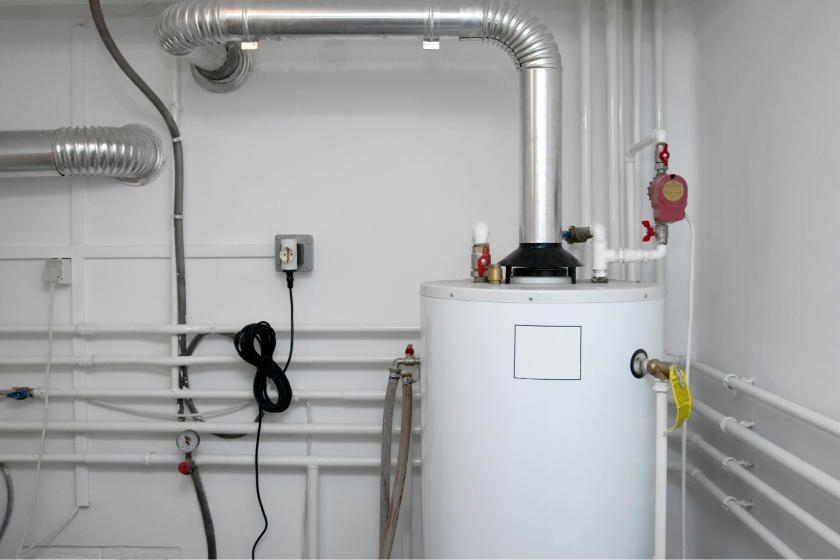Specialist Tips for Maintaining Your Home's Hot Water SystemImportant Care Techniques for Your Home's Hot Water System
Specialist Tips for Maintaining Your Home's Hot Water SystemImportant Care Techniques for Your Home's Hot Water System
Blog Article
This post following next about Water Heater Maintenance Tips You Can't Afford to Forget is extremely stimulating. Don't miss it.

Warm water is essential for everyday convenience, whether it's for a rejuvenating shower or cleaning dishes. To ensure your warm water system runs efficiently and lasts longer, normal upkeep is key. This article supplies practical suggestions and insights on exactly how to preserve your home's warm water system to avoid interruptions and expensive fixings.
Introduction
Preserving your home's warm water system might seem complicated, however with a couple of simple steps, you can ensure it runs efficiently for several years to come. This guide covers every little thing from recognizing your hot water system to DIY maintenance ideas and recognizing when to hire expert assistance.
Relevance of Maintaining Your Hot Water System
Regular maintenance not just expands the life-span of your warm water system but also ensures it operates effectively. Disregarding upkeep can lead to decreased efficiency, greater energy bills, and even premature failure of the system.
Indications Your Hot Water System Requirements Upkeep
Understanding when your warm water system requires focus can protect against significant concerns. Keep an eye out for indicators such as irregular water temperature, strange sounds from the heating unit, or rustic water.
Comprehending Your Warm Water System
Prior to diving right into maintenance tasks, it's valuable to comprehend the fundamental elements of your hot water system. Usually, this includes the water heater itself, pipes, anode rods, and temperature controls.
Monthly Upkeep Tasks
Normal month-to-month checks can aid capture minor problems before they escalate.
Purging the Water Heater
Flushing your water heater removes debris build-up, boosting effectiveness and extending its life.
Checking and Replacing Anode Rods
Anode poles protect against rust inside the storage tank. Examining and replacing them when broken is critical.
Checking and Changing Temperature Settings
Readjusting the temperature level settings ensures optimum efficiency and security.
DIY Tips for Upkeep
You can execute a number of maintenance jobs yourself to keep your warm water system in top condition.
Looking for Leaks
Routinely inspect pipelines and connections for leaks, as these can bring about water damage and higher costs.
Checking Stress Relief Valves
Testing the stress relief valve ensures it operates properly and protects against too much pressure build-up.
Protecting Pipelines
Insulating warm water pipes reduces warm loss and can save energy.
When to Call a Specialist
While do it yourself maintenance is helpful, some problems call for expert expertise.
Complicated Concerns Calling For Expert Help
Instances include major leakages, electrical troubles, or if your water heater is continually underperforming.
Regular Professional Upkeep Benefits
Specialist maintenance can consist of thorough evaluations, tune-ups, and making certain compliance with safety and security standards.
Final thought
Regular maintenance of your home's warm water system is important for performance, longevity, and expense financial savings. By complying with these pointers and knowing when to seek specialist help, you can make sure a reliable supply of hot water without unforeseen disturbances.
How to Maintain an Instant Hot Water Heater
Before tinkering with your hot water heater, make sure that it’s not powered on. You also have to turn off the main circuit breaker and shut off the main gas line to prevent accidents. Also turn off the water valves connected to your unit to prevent water from flowing into and out of the appliance. 2. When you’re done, you have to detach the purge valves’ caps. These look like the letter “T” and are situated on either side of the water valves. Doing so will release any pressure that has accumulated inside the valves while at the same time avoid hot water from shooting out and burning your skin. 3. When the purge valves’ caps are removed, you have to connect your hosing lines to the valves. Your unit should have come with three hoses but if it didn’t, you can purchase these things from any hardware or home repair shops. You can also get them from retail stores that sell water heating systems. Read the user’s manual and follow it to complete this task properly. When the hosing lines are connected, open the purge port’s valves. 4. You should never use harsh chemical cleaners or solutions when cleaning your unit. Make use of white vinegar instead. It should be undiluted and you’ll probably use about 2 gallons. 5. Now flush your water heater. This task should probably take about 40 minutes. We can’t give you specific directions for this because the procedure is carried out depending on the type, model and brand of your heater. With that being said, refer to the user’s manual. 6. When you’re done draining the unit, you have to turn off the purge port valves again. Remove the hosing lines that you earlier installed on each of the water valves. Put the valve caps (purge port) back in their respective places and be very careful so as not to damage the rubber discs that are found inside these caps. 7. Now that everything’s back in place, check your user’s manual again to find out how to reactivate your water heating system. 8. Once it is working, turn one of your hot water faucets on just to let air pass through the heater’s water supply pipes. Leave the tap on until water flows smoothly out of it. https://www.orrplumbing.com/blog/2014/september/how-to-maintain-an-instant-hot-water-heater/

As a devoted person who reads on Tips For Maintaining Your Hot Water Heater, I thought sharing that piece of content was really helpful. Those who liked our page kindly consider to pass it around. Many thanks for taking the time to read it.
Click Here Report this page